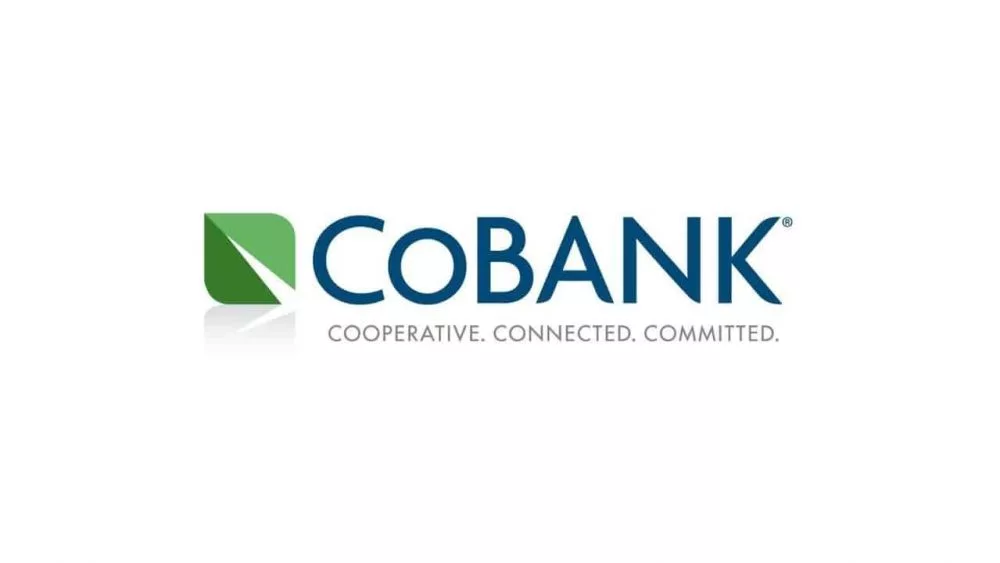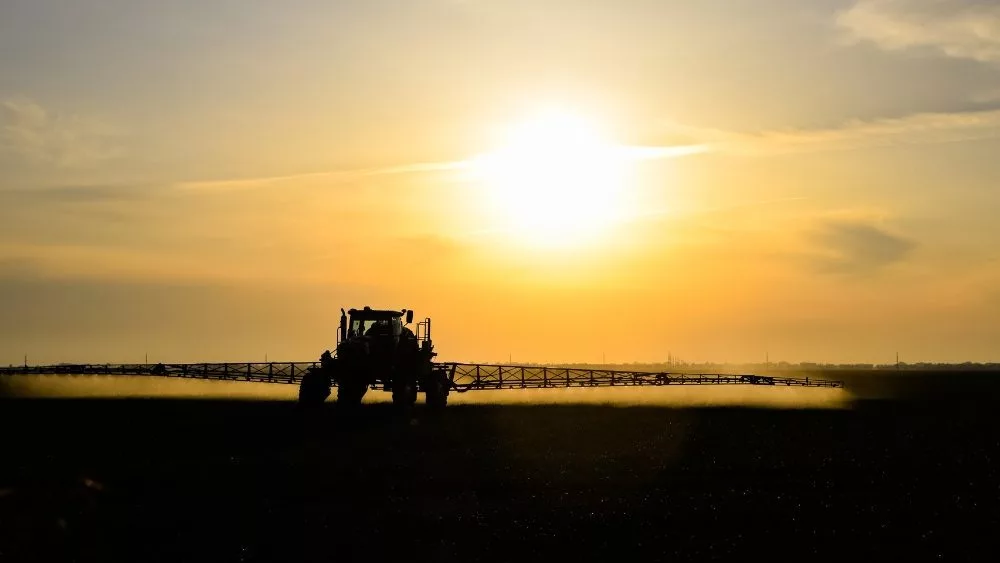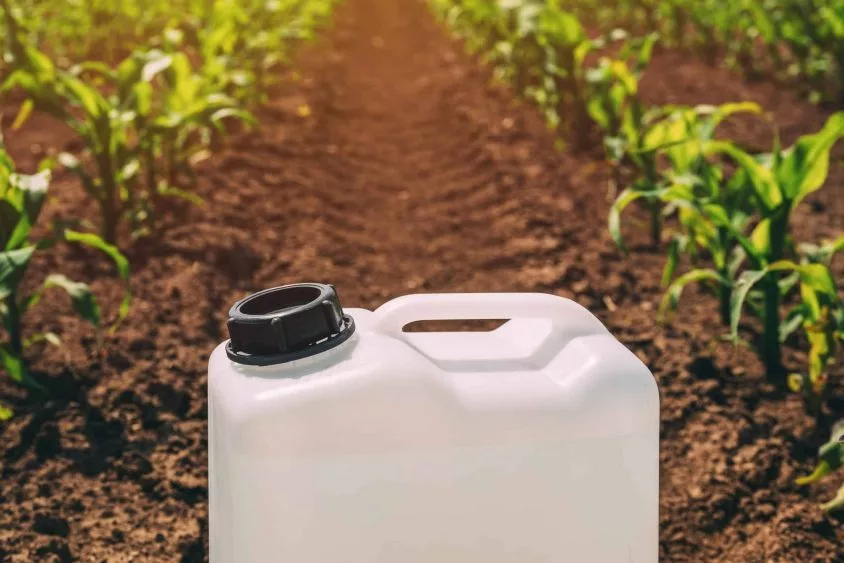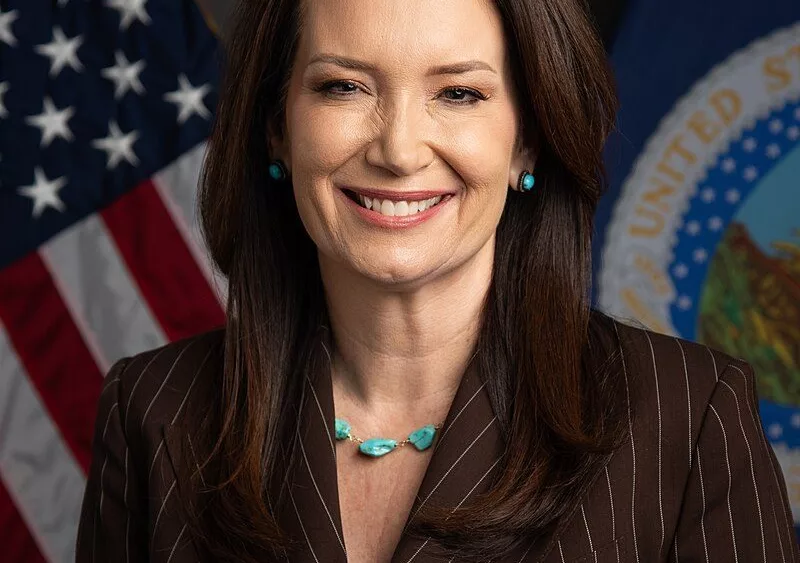
DENVER (April 10, 2025)—Consumer and business sentiment regarding the U.S. economic outlook continues to deteriorate after dropping sharply over the past few months. Rapidly worsening expectations about everything – from inflation and personal income to business and labor market conditions – are elevating concerns among business owners, investors and consumers alike.
So far, the hard data on key economic indicators like unemployment, job creation, weekly payrolls and consumer expenditures suggest the U.S. economy remains fairly strong. Even the recent stock market pullback is a symptom of flagging confidence about the future rather than a reflection of current business performance. The question on the minds of investors, businesses and corporate boards is whether the declining expectations will soon translate into slower spending and tightening profit margins.
According to a new quarterly report from CoBank’s Knowledge Exchange, the answer to that question will likely come into view by the end of June, if not sooner. Historic data suggests that declines in consumer spending begin to become apparent three to five months after a sharp decline in economic sentiment. Consumer spending accounts for about 70% of all U.S. economic activity.
“Not including the brief pandemic-related recession, which was overwhelmed by massive government stimulus, the previous three U.S. recessions in 1990, 2000 and 2007 were all forewarned by weakening sentiment that led to a steep decline in consumer spending,” said Rob Fox, director of CoBank’s Knowledge Exchange. “The next set of hard data from reports on retail sales and consumer spending should begin to provide some guidance as to which way the economy is heading.”
Despite a 90-day partial reprieve, the new tariff regime remains likely to increase inflation and cut economic growth, Fox added. “While the severity of the near-term effects is up for debate, the longer-term impact of capricious U.S. trade policy is the likely loss of trust abroad in U.S. policymaking, something that will be very hard to regain.”
Until recently, most observers viewed the administration’s tariff campaign as a short-term negotiating tactic. It now appears a primary objective is to bring more manufacturing capabilities back within U.S. borders, which will take time. But unpredictable tariff policy could stand in the way of achieving that goal, as businesses are unlikely to invest millions or billions of dollars based on expectations of a policy that’s subject to change at any moment.
Crop production expenses are expected to continue trending downward, but they remain elevated in relation to lower commodity prices. While fertilizer prices have fallen, last year’s wet fall will require heavier spring applications and rising corn acreage signals more demand for nitrogen. Ag retailers and farm supply cooperatives head into the spring agronomy season facing labor challenges and obstacles sourcing crop chemicals from China. Growth in biologicals remains a bright spot for cooperatives.
Renewable diesel and biodiesel production has scaled back to find stability in the absence of the blender’s tax credit, pushing prices above petroleum. Domestic production was down 41% year-over-year for January and February as margin pressure exceeded projections. Establishment of the renewable volume obligations under the Renewable Fuel Standard and decisions on the Clean Fuel Production Credit will largely determine the trajectory of biofuels demand and production.
The U.S. pork sector is positioned for moderate growth this year, which should support hog prices and keep pork an affordable protein alternative to beef. Growing export opportunities and strengthening domestic interest in pork are moving U.S. hog prices higher. Lean hog and cutout prices were up to start 2025 and early signs of an upward turn in the production cycle are emerging. Pork producer margins have been positive for 11 consecutive months through February 2025.
Strong broiler prices and low inventory levels are fueling optimism in the poultry sector. Production metrics have yielded a moderately favorable outlook for 2025. Chick placements are up 2.5% year-to-date. Breast meat prices have been on the rise. But with beef prices chasing record highs, food service outlets have ample incentive to center feature activity on white meat chicken. That bodes well for broiler integrators and consumers as the chicken segment tends to attract shoppers seeking value.
The potential for prolonged trade disputes with Mexico, Canada and China threatens the outlook for U.S. dairy demand. Combined, the three countries account for one-half of all U.S. dairy exports. Market uncertainty has sent futures contracts tumbling. From early January to early April, April-to-June Class III milk futures fell by $2.57 per cwt. Class IV dropped even further, losing $2.73 over 100 days. Despite the headwinds, dairy continues to have some bright spots, most notably lower feed costs.
The flood of Indian rice onto the world market following the country’s lift on export restrictions has pulled U.S. long-grain prices to four-year lows. U.S. rough rice stocks on March 1 were down 3.6% year-over-year due to strong export demand from Mexico. But the durability of last quarter’s swift export pace is under scrutiny. Uncertainty over trade policy is showing signs of curbing demand for U.S. rice abroad.
Despite tightness in world sugar supplies, the large U.S. sugarbeet harvest last fall has capped price rallies. Sugar imports from Mexico are expected to be the lowest since 2007/2008 as Mexico struggles with drought and lower cane sugar production. U.S. sugarbeet farmers are expected to expand planted acreage this spring with USDA forecasting acreage to climb to 1.132 million, the highest in three years.
The Trump administration is expected to loosen requirements for the $42.5 billion Broadband Equity, Access and Deployment program. Changes will likely include a more technology-agnostic approach to how the money is allocated, which will benefit wireless technologies. Under the previous administration, the BEAD program took a fiber-first approach to “future proof” networks built in rural America. Reduced emphasis on fiber means fixed wireless access and low earth orbiting satellites could play a larger role in rural America’s broadband access and accelerate connectivity.
Read The Quarterly. Each CoBank Quarterly provides updates and an outlook for the Macro Economy and U.S. Agricultural Markets; Grains, Biofuels and Farm Supply; Animal Protein; Dairy; Cotton and Rice; Specialty Crops; Food & Beverage industries and Rural Infrastructure.
About CoBank
CoBank is a cooperative bank serving vital industries across rural America. The bank provides loans, leases, export financing and other financial services to agribusinesses and rural power, water and communications providers in all 50 states. The bank also provides wholesale loans and other financial services to affiliated Farm Credit associations serving more than 78,000 farmers, ranchers and other rural borrowers in 23 states around the country.
CoBank is a member of the Farm Credit System, a nationwide network of banks and retail lending associations chartered to support the borrowing needs of U.S. agriculture, rural infrastructure and rural communities. Headquartered outside Denver, Colorado, CoBank serves customers from regional banking centers across the U.S. and also maintains an international representative office in Singapore.



